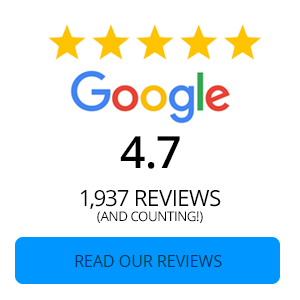“I wish I could have a better banking experience. I really do not like my bank. Man, I am getting pummeled by bank fees.” Have you said any of these things recently? If so, there is something you can do about it! Many people think that switching financial institutions is a big hassle, but it doesn’t have to be. If you’re ready to make the switch to another financial institution, check out these easy steps below.
-
Do Your Prep Work
- Research to find out what bank or credit union you’d like to switch to, and what kind of account you need.
- Stop actively using your existing account. Take out enough cash to live on for a few days, plus enough money for the opening deposit at your new financial institution. Stop writing checks, don’t use your debit card and cancel any automatic payments that get withdrawn from your account.
- Track your account for a few days to make sure all payments have cleared.
- Review your last few month’s statements and identify all automatic payments and automatic deposits. Remember some automatic payments might occur less frequently than monthly, such as insurance payments, federal and state tax returns, etc.
- If you use bill pay in online banking, make a list of your bills.
-
Open Your New Account
- Since you did research during your prep work in step one, you can begin the process of opening your account.
- Most financial institutions require you to provide the following when opening a new account: your name, address and date of birth; a government-issued photo ID; your social security number; an opening deposit.
-
Move Your Direct Deposit & Automatic Payments
- Your employer should have an easy form you can fill out to change your direct deposit information. This usually can be done by the next pay cycle, but make sure to ask how long it will take to process.
- If you have a social security direct deposit, or any other direct deposit issued by the U.S. Treasury, you can enroll in direct deposit of all federal benefits payments online at www.godirect.org.
- Set up new automatic payments. Remember back in step one, you made a list of all automatic payments? Pull that list out and set the payments up to be debited from your new account. Most of the time, you can contact the company and give them your new account number and routing number. Keep in mind that if you’ve authorized a particular company to automatically charge monthly payments to your debit card, you’ll need to give them your new debit information to prevent an overdraft or late payment.
- Set up bill pay in your new financial institution’s online banking system.
*all of the items in step 3 should be completed in a short time frame to prevent double payments, overdrafts or late payments.
-
Close Your Old Account
- Confirm that all checks have cleared and all automatic payments have been transferred to your new account. Leave sufficient funds in your old account to cover any outstanding checks or pending automatic payments.
- Once you’re sure everything has cleared, it’s time to make a trip to your old bank to close the account. Call ahead of time to find out what forms of ID you should bring. You want to close the account in person, if possible, to make sure you’ll walk away with proof your account is closed. That way the bank won’t attempt to tack on charges later or report you to ChexSystems for unpaid items.
- Destroy any unused checks and plastic cards associated with your former accounts.
- Remember to keep a copy of all documents, letters and forms for your personal records.
Switching financial institutions can seem like a big hassle, but it really is not that bad, especially if you follow these steps. If you’re not satisfied with the services you’re receiving at your current bank, don’t be afraid to make a change. Your finances are among the most important, private, and sensitive aspects of your life. You need to be happy with the financial institution you’re dealing with.

